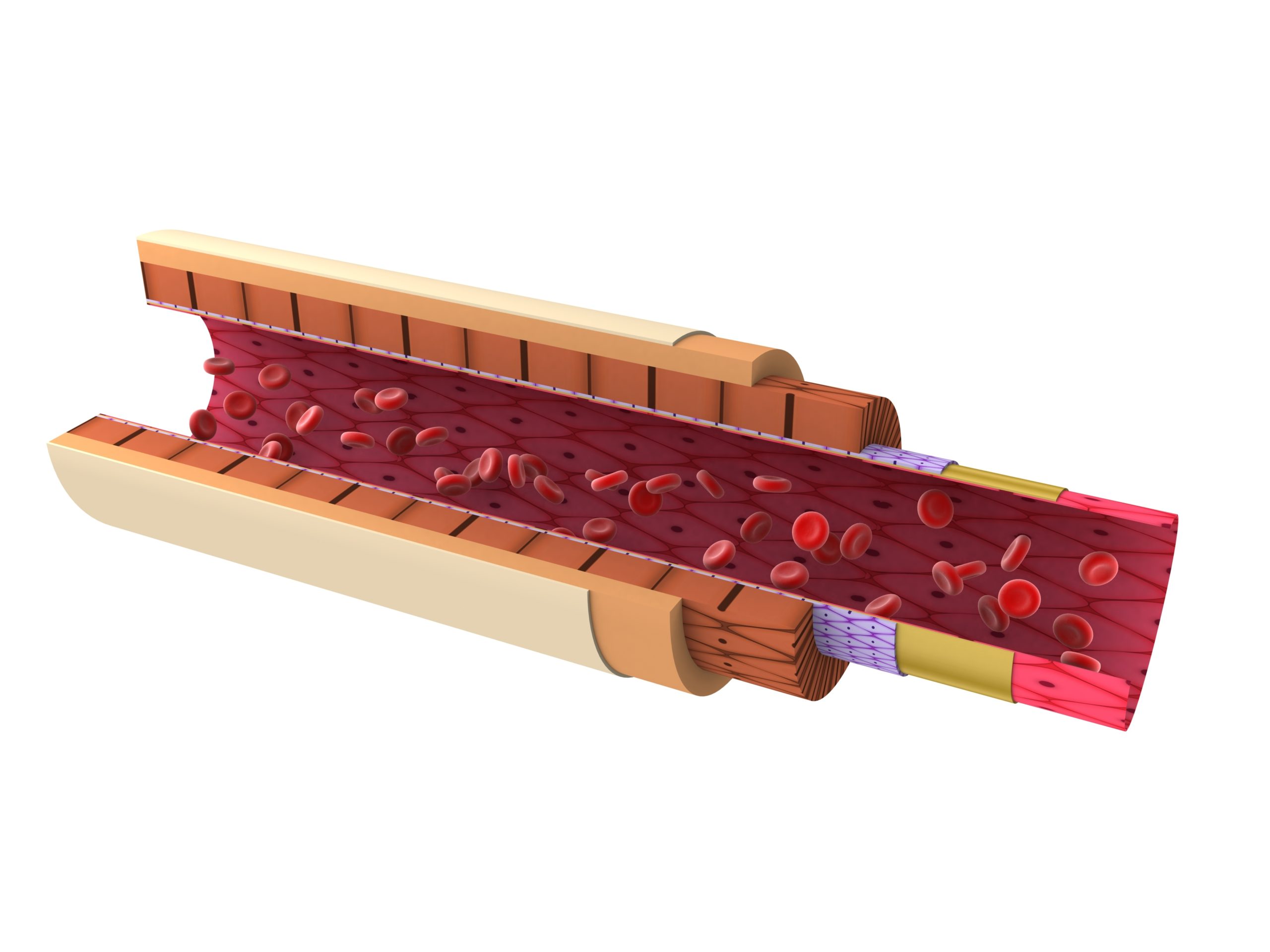Important to reduce all risk factors
Diabetic Arterial Disease
Uncontrolled blood pressure, poorly controlled diabetes, high cholesterol, and triglyceride, especially in a smoker, are the risk factors for arterial disease. Blockage of blood vessels that supply the heart resulted in coronary artery disease (CAD) and increased heart attack risk. CAD is a common problem in people with diabetes.
Any damage or blockage to the blood vessels that supply your
- The brain increases the risk of stroke. Example: carotid artery blockage or stenosis
- The leg is called peripheral arterial disease (PAD). This typically presents as pain in the calves or buttocks when you walk a certain distance. Pain is relieved with rest, and pain reoccurs when one walks a similar distance.
- Eyes can cause diabetic retinopathy.
- The kidney can lead to kidney disease.
- Nerves result in nerve damage.
- The most important first step in reducing the risk of arterial damage is to quit smoking or to reduce the number of cigarettes smoked.
- The typical goals of blood pressure control are to keep the blood pressure less than or equal to 130/80. Blood pressure can be controlled with diet, exercise, weight loss, reduced salt intake, plus or minus blood pressure medications and relaxation techniques such as yoga.
- Lowing cholesterol and triglycerides clearly help reduce arterial disease and reduces the risk of complications such as myocardial infarction and strokes. Based on a large study, it is felt that the use of Simvastatin or any statin will help lower the risk of myocardial infarction and stroke by more than 30% compared to placebo. Even if cholesterol is satisfactory, it is good to consider starting a low dose statin in all people with diabetes, provided there are no side effects or contraindications.
- Exercise helps open collaterals blood vessels when there are blockages in the legs and heart.
- Of course, good blood sugar control helps reduce arterial disease.
PAD
Treatment
- The typical goals of blood pressure control are to keep the blood pressure less than or equal to 130/80. Blood pressure can be controlled with diet, exercise, weight loss, reduced salt intake, plus or minus blood pressure medications and relaxation techniques such as yoga.
- Lowing cholesterol and triglycerides clearly help reduce arterial disease and reduces the risk of complications such as myocardial infarction and strokes. Based on a large study, it is felt that Simvastatin or any statin will lower the risk of myocardial infarction and stroke by more than 30% compared to placebo. Even if cholesterol is satisfactory, it is good to consider starting on a statin in all people with diabetes aged 40-70, provided there are no side effects or contraindications.
- Exercise helps open collaterals blood vessels when there are blockages in the legs and heart.
- Of course, good blood sugar control helps reduce arterial disease.
Be Informed. Get In Control. Prevent.
Better late than never
Coming Soon!
Available Aug 16, 2019
Diabetes Cure
Be Informed. Get In Control.

Our Blog
Follow Along
Screening For Diabetes
Diabetes Screening and Diagnosis Who Should Be Screened? Everyone aged 45 and older should be screened for diabetes or glucose abnormalities every three years. However, individuals at higher risk should begin screening earlier and more frequently—ideally once a year....
Disaster Planning
you never know When Disaster Occurs Emergency Preparedness for People with Diabetes When natural disasters or emergencies strike—such as hurricanes, floods, wildfires, or power outages—being prepared can protect your health and even save your life. Everyone with...
Neuropathy
Important to reduce all risk factors Diabetic neuropathy Diabetic neuropathy, a common complication of diabetes, encompasses various types of nerve damage resulting from prolonged high blood sugar levels. It can affect different parts of the nervous system, leading to...
Contact Us
The newsletter is only sent if there are any new blogs or articles added.


